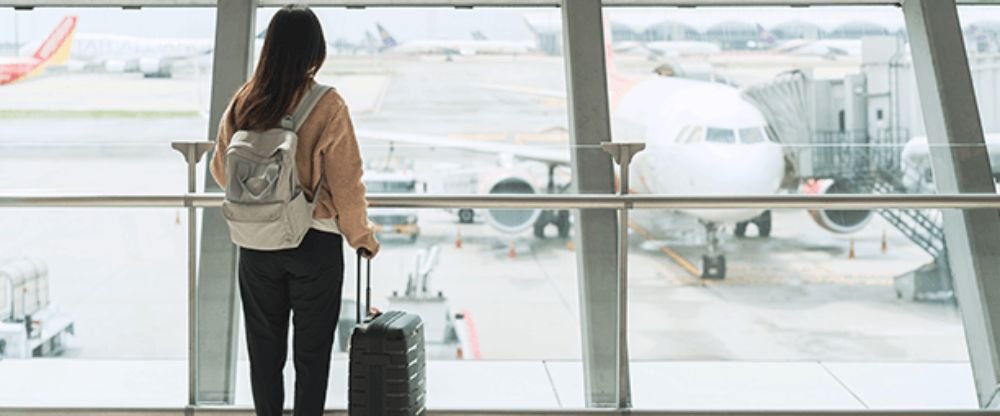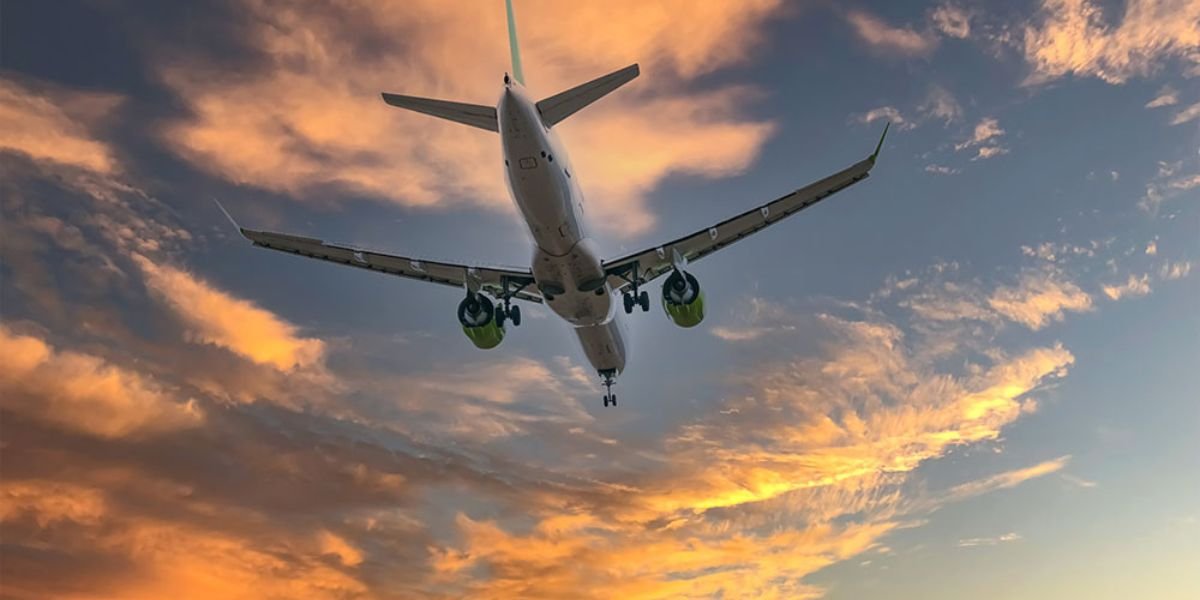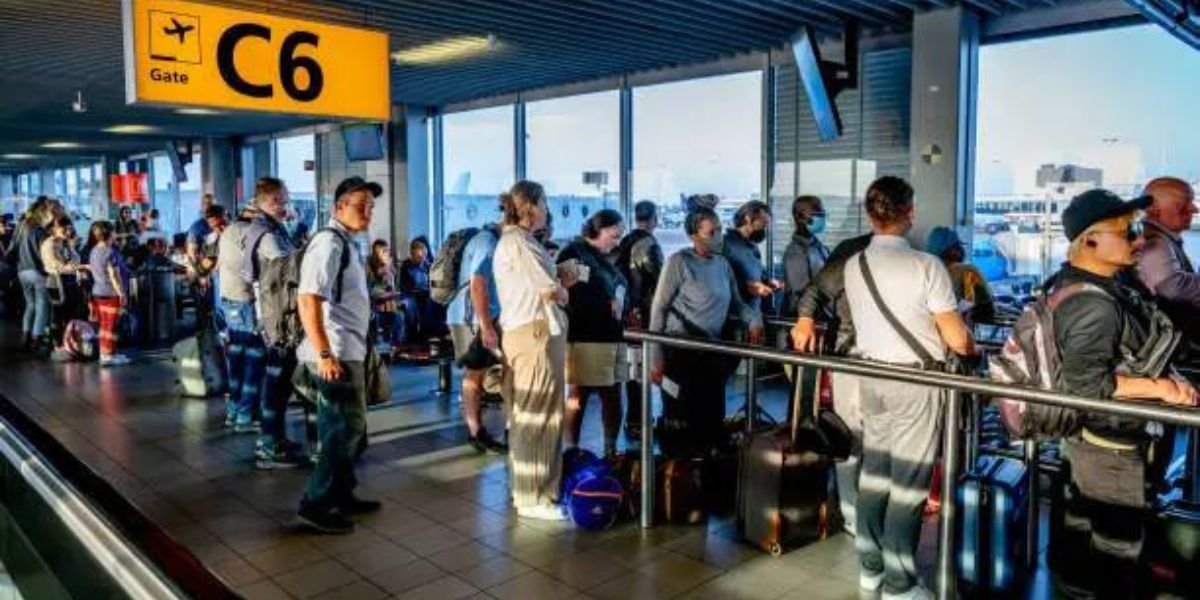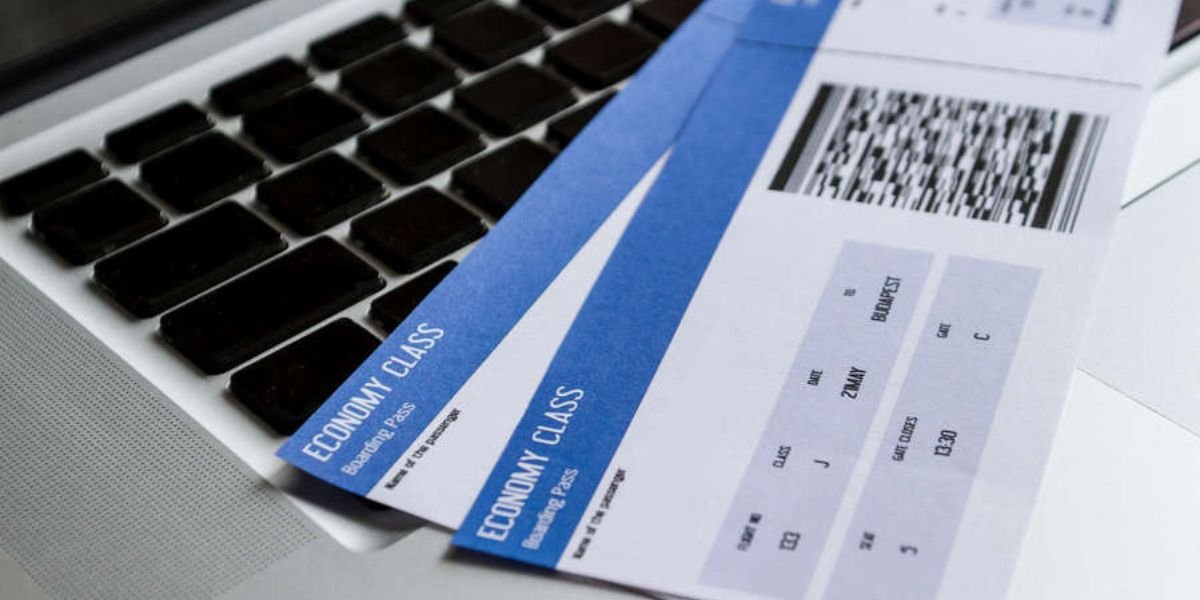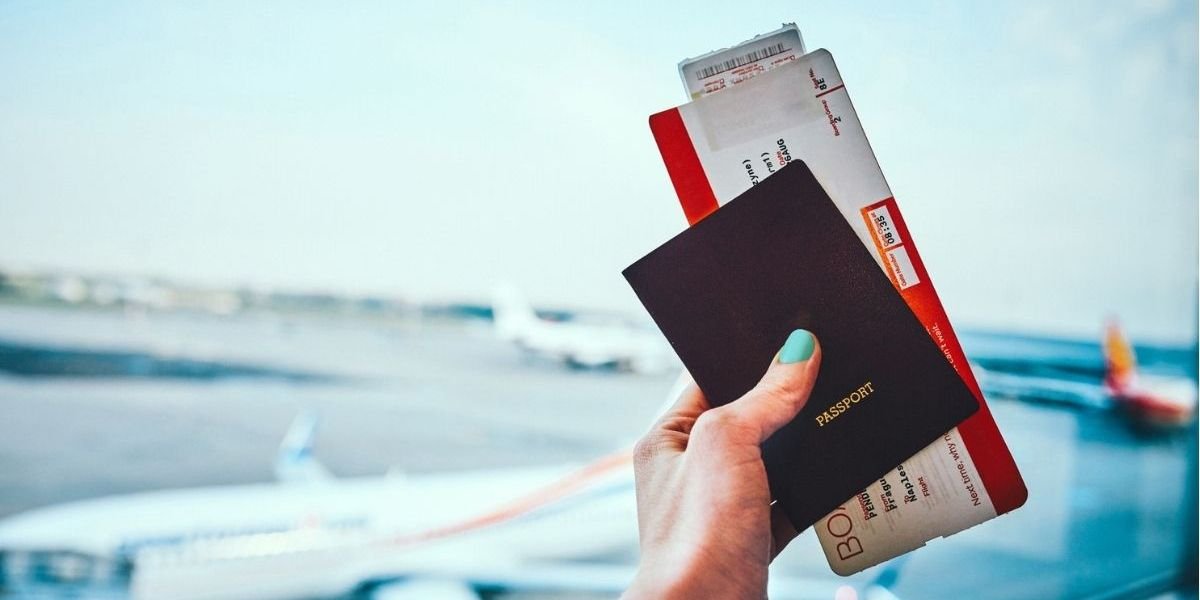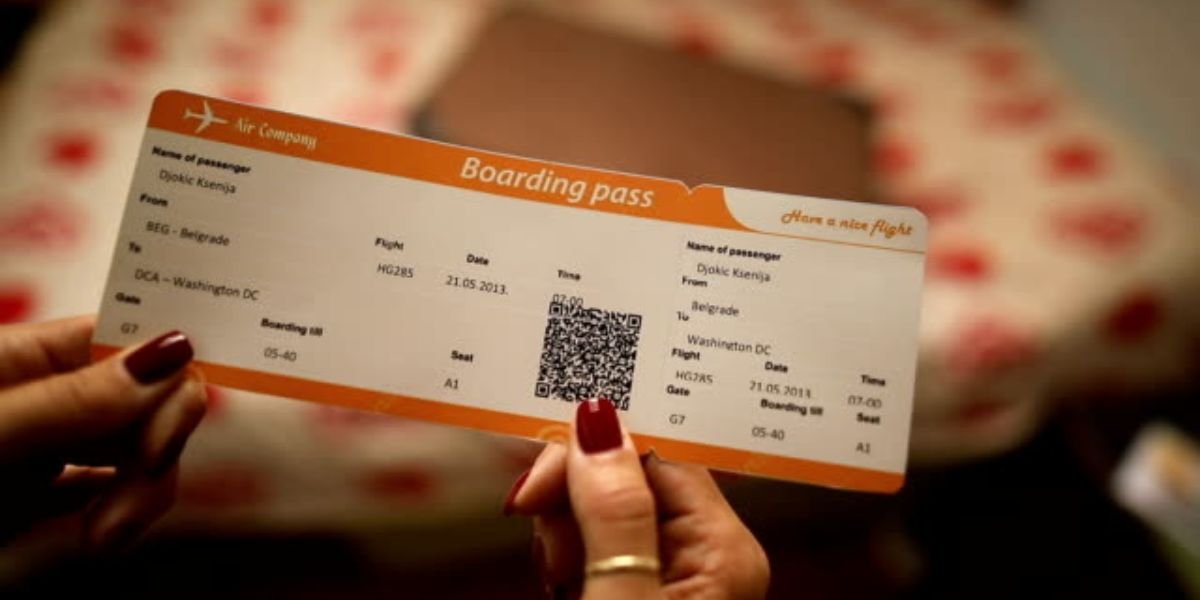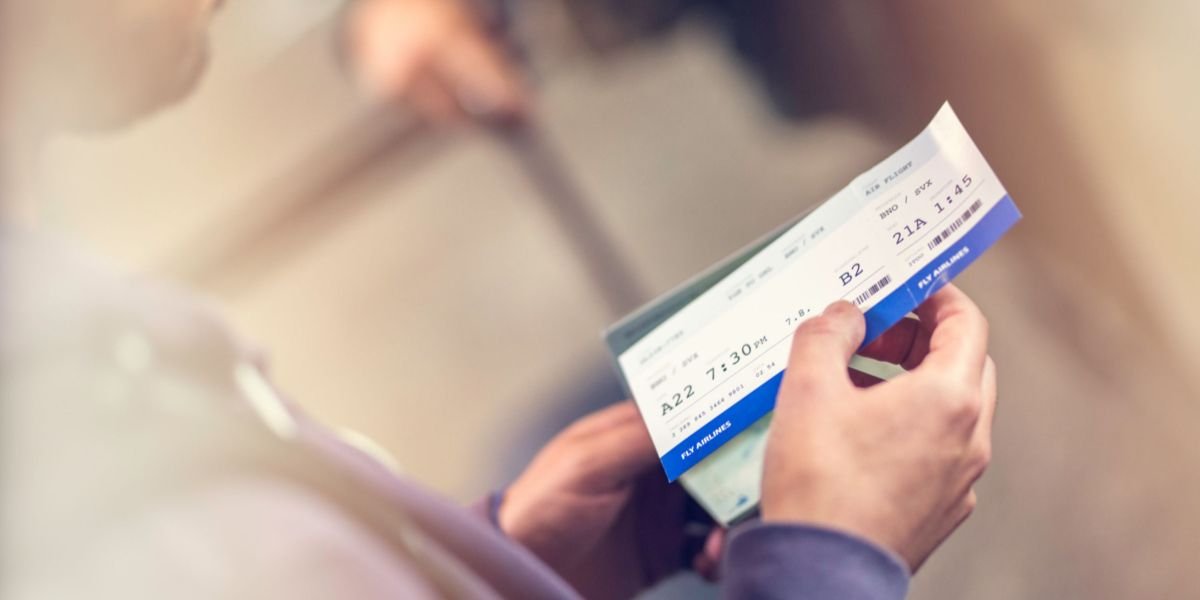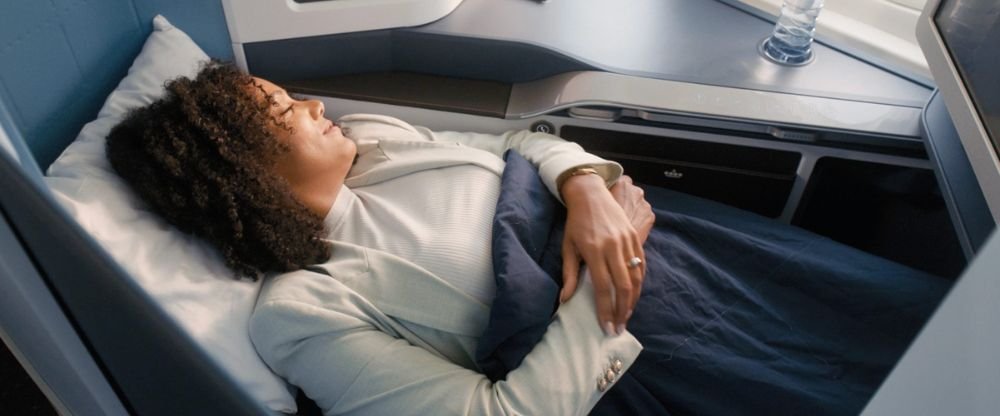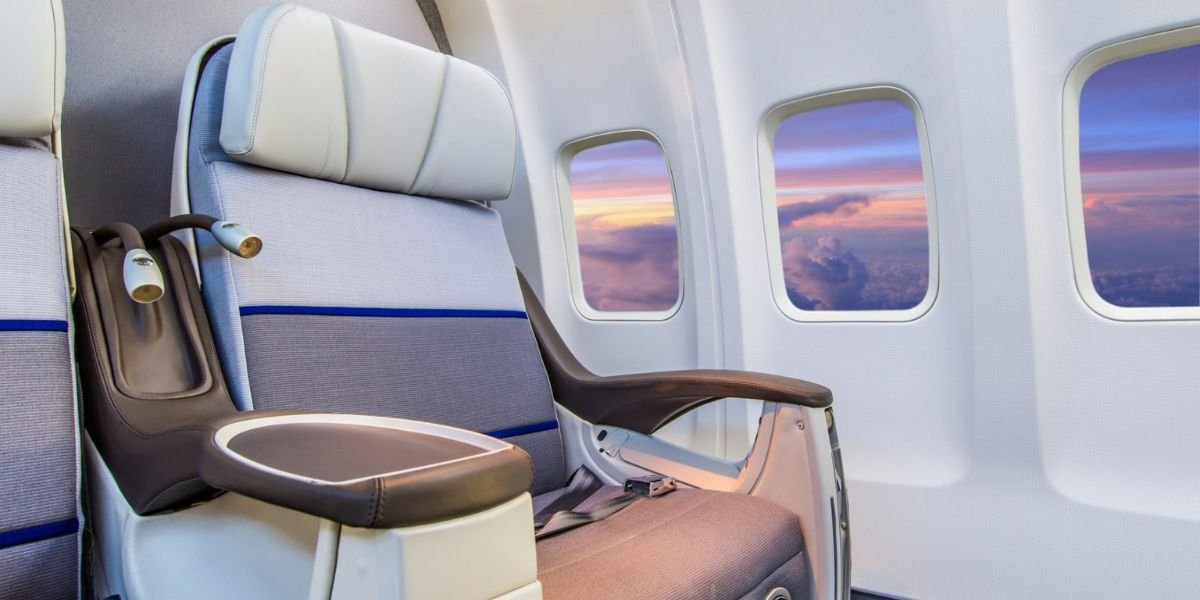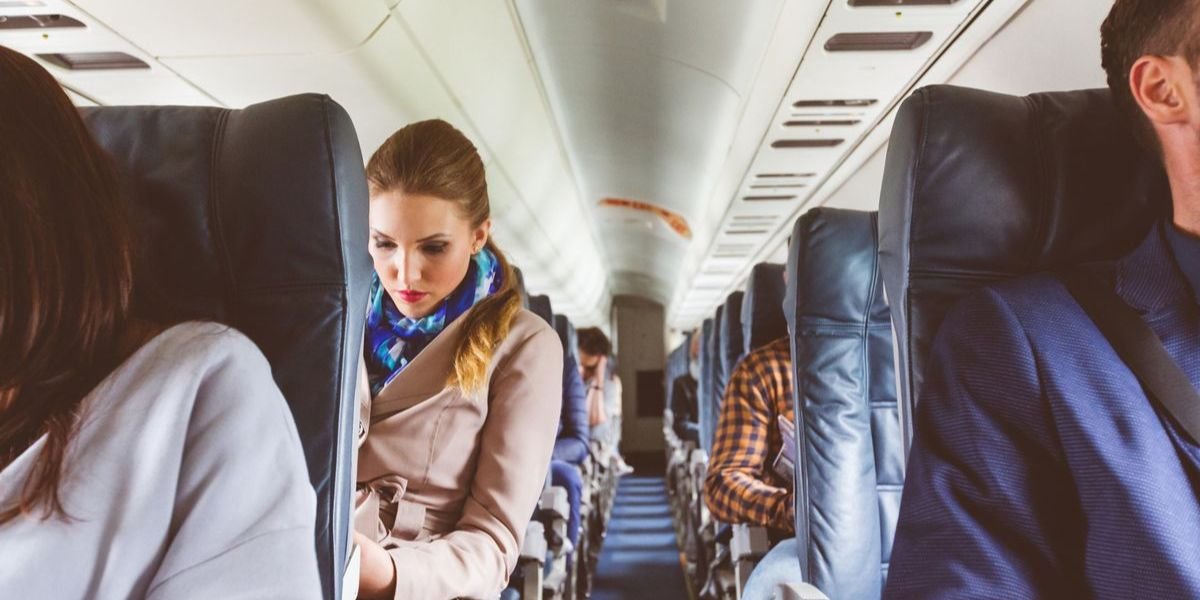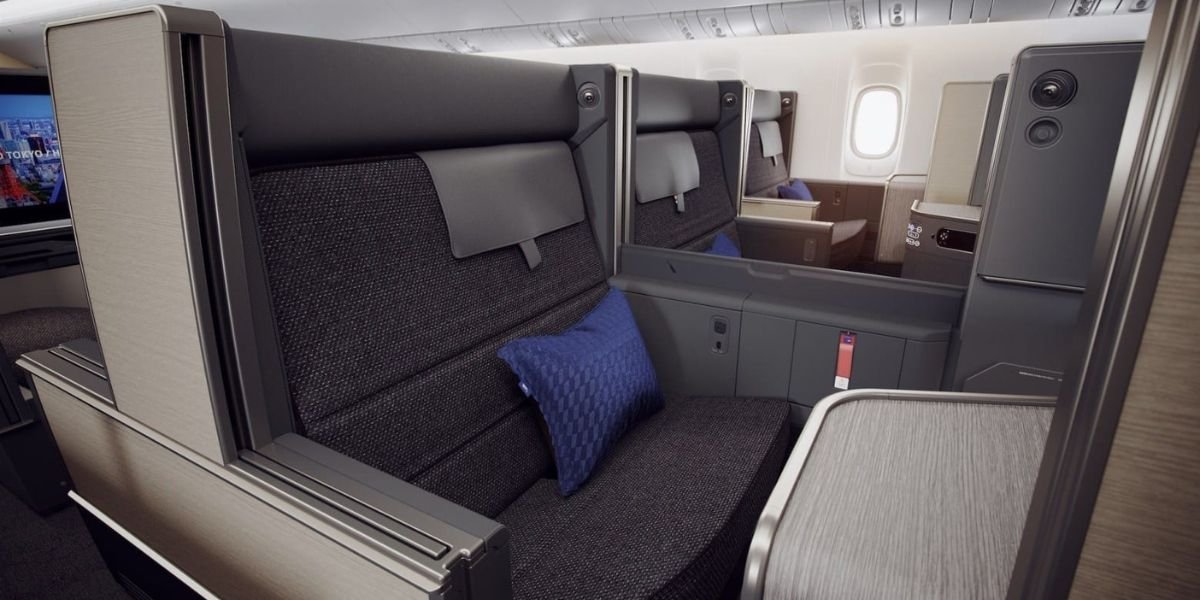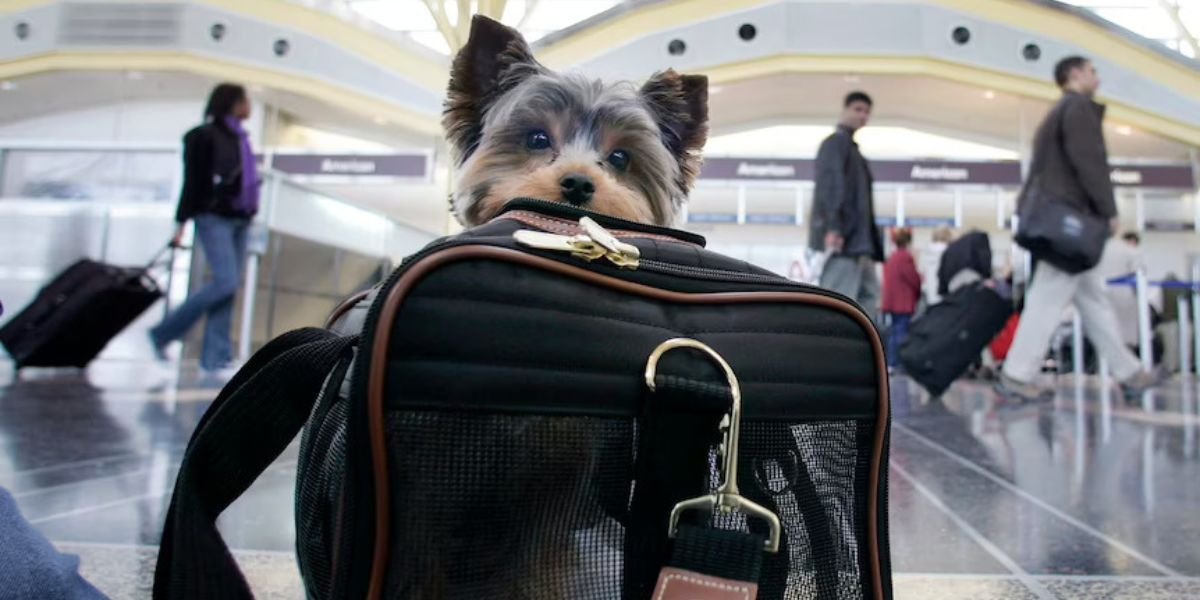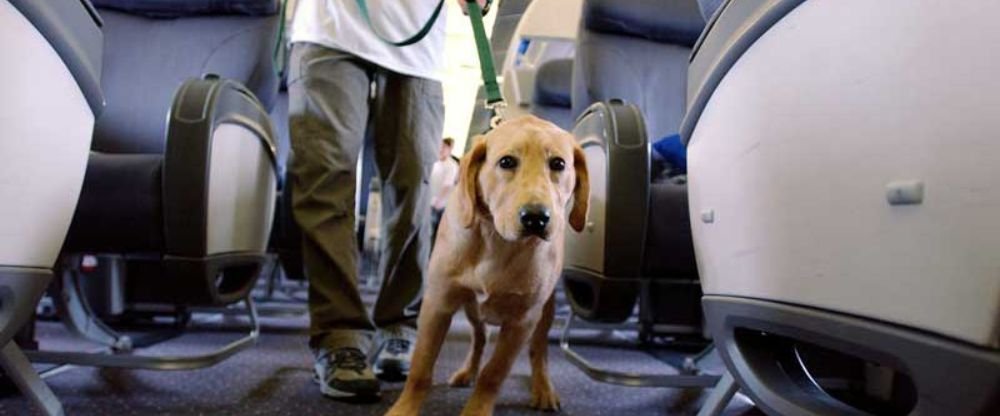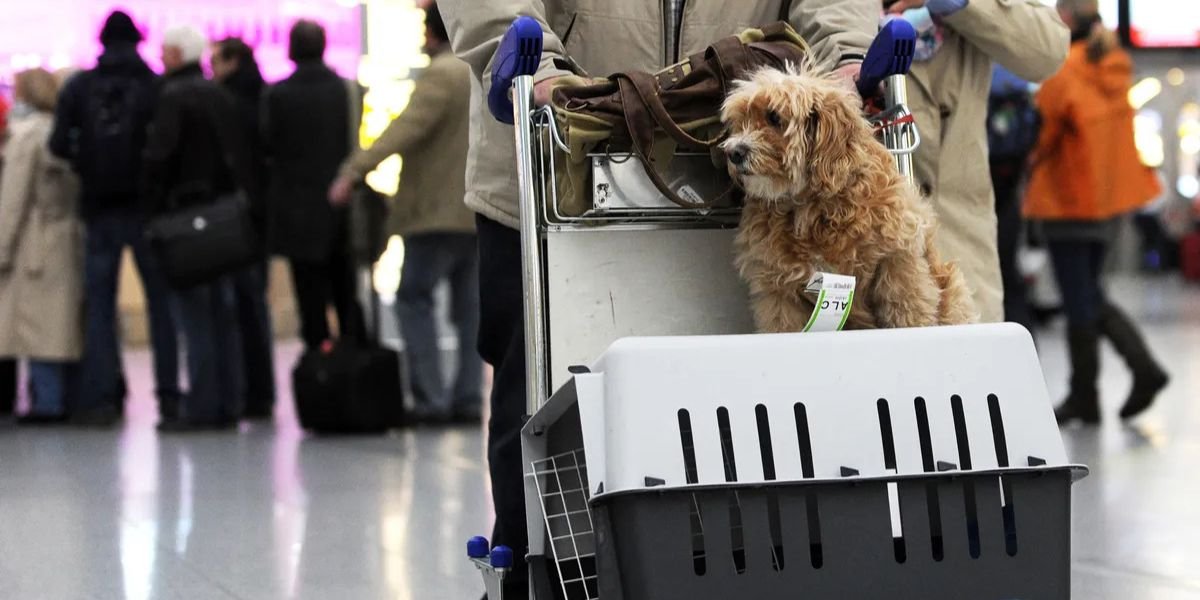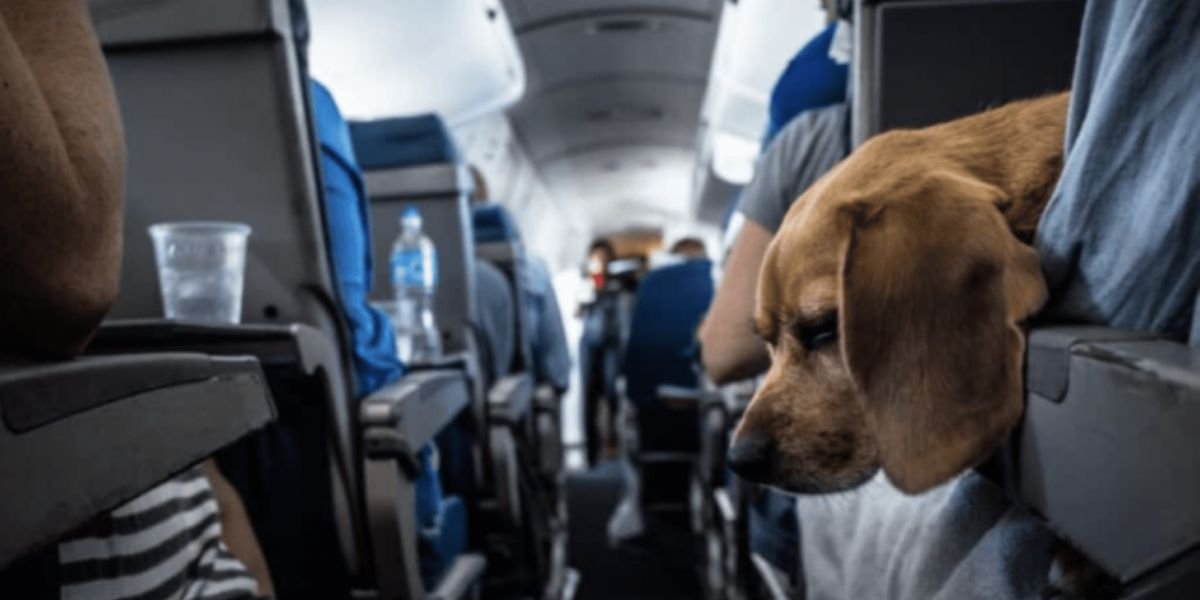A Virgin Atlantic Pet Policy is a set of guidelines and regulations established by Virgin companies to accommodate and ensure the well-being of pets in their various services and facilities. Recognizing the importance of pets as cherished companions, Virgin strives to create a pet-friendly environment that aligns with their commitment to customer satisfaction. This policy outlines specific rules regarding pet travel, accommodation, and interaction within Virgin premises, emphasizing responsible ownership and consideration for fellow passengers or guests.
By implementing a Pet Policy, the airlines aims to foster a positive and inclusive experience for both pet owners and non-pet owners, promoting a harmonious coexistence between travelers and their furry friends across Virgin’s diverse range of services, including airlines, hotels, and other Virgin-operated entities.
Overview of Virgin Atlantic Pet Policy
Virgin Atlantic’s Pet Policy reflects the airline’s dedication to ensuring a seamless and comfortable travel experience for both passengers and their four-legged companions. Designed to accommodate pets of various shapes and sizes, the policy covers crucial aspects of pet travel, from booking to in-flight arrangements.
When planning to fly with Virgin Atlantic, pet owners are advised to contact the airline in advance to check for availability and receive detailed guidelines on pet transport. The airline typically allows small dogs and cats to travel in the cabin, fostering a close bond between owners and their pets during the journey. Larger animals may be transported in a secure and climate-controlled area within the cargo hold, ensuring their safety and well-being.
Virgin Atlantic places a premium on pet welfare, providing guidelines for appropriate carriers and advising on essential supplies to make the journey comfortable for furry companions. The policy underscores the importance of ensuring pets are fit for travel, with health and documentation requirements to be met, including up-to-date vaccinations and necessary permits.
Throughout the flight, the cabin crew is trained to offer support and attention to both pets and their owners. Virgin Atlantic aims to create a positive and stress-free experience for all passengers, including those traveling with pets. By adhering to their comprehensive virgin atlantic pet policy international, the airline ensures that the joy of travel extends to the entire family, furry members included. Whether jet-setting across continents or exploring new destinations, Virgin Atlantic’s commitment to pet-friendly travel enhances the overall travel experience, solidifying its reputation as an airline that prioritizes the needs and comfort of all its passengers, human and animal alike.
Rules & Regulation for Virgin Atlantic Pets Flying in Cabin
The in cabin pet policy has specific rules and regulations for passengers traveling with pets in the cabin, ensuring the safety and well-being of both animals and passengers. The virgin atlantic pets in cabin guidelines are designed to create a comfortable and secure environment for pets during the flight.
- Pet Eligibility: Only certain types of pets are allowed in the cabin, typically small cats, dogs, and household birds. Exotic animals or those that may pose a safety risk are generally not permitted.
- Carrier Requirements: Pet owners must use an airline-approved pet carrier that fits under the seat in front of them. The carrier must provide adequate ventilation, be leak-proof, and allow the pet to stand, turn around, and lie down comfortably.
- Health Certification: Prior to travel, pet owners are usually required to provide a recent health certificate issued by a veterinarian. This certificate ensures that the pet is in good health and fit for travel.
- Booking and Fees: Pet owners need to inform the airline in advance about their intention to travel with a pet. There is typically a fee associated with bringing a pet into the cabin, and the number of pets allowed on each flight may be limited.
- Age and Weight Restrictions: Airlines may impose age and weight restrictions on pets traveling in the cabin. For example, young puppies or kittens and larger animals may be required to travel in the cargo hold instead.
- Behavioral Guidelines: Pets must exhibit good behavior during the flight. Excessive barking, aggressive behavior, or signs of distress may result in the pet being placed in the cargo hold or denied future travel.
- Check-In Procedures: Pet owners should arrive early for check-in to allow time for necessary documentation and inspections. Airlines may have specific procedures for pets traveling in the cabin.
- Seat Location: Passengers traveling with pets are often assigned specific seats to ensure that the pet carriers can be properly stowed under the seat.
By adhering to these rules and regulations, Virgin Atlantic aims to provide a safe and enjoyable travel experience for both pet owners and their furry companions in the cabin. It’s essential for passengers to familiarize themselves with the booking & cancellation guidelines to ensure a smooth and stress-free journey.
Rules & Regulations for Virgin Atlantic Pets Flying in Cargo

As of my last knowledge update in January 2022, specific details about Virgin Atlantic’s rules and regulations for pets flying in the cargo hold may not be readily available. Airlines frequently update their policies, and the information provided here may not reflect the latest guidelines. For the most accurate and current information, I recommend checking Virgin Atlantic’s official website or contacting their customer service directly.
However, in general, when pets travel in the cargo hold, airlines typically have specific requirements and protocols to ensure the safety and well-being of the animals. These may include:
- Carrier Requirements: Airlines often have specifications for the type and size of pet carriers allowed in the cargo hold. Carriers must be well-ventilated, secure, and meet certain standards to ensure the pet’s comfort and safety.
- Health Certification: Pet owners may be required to provide a recent health certificate issued by a veterinarian, confirming that the pet is in good health and fit for air travel.
- Temperature Restrictions: Cargo holds may have temperature restrictions to ensure the safety of pets. Airlines may have specific guidelines regarding the acceptance of pets in extreme weather conditions.
- Booking Procedures: Pet owners typically need to make arrangements for pet travel well in advance. This includes notifying the airline, providing necessary documentation, and paying any associated fees.
- Age and Breed Restrictions: Some airlines may have restrictions on the age and breed of pets allowed in the cargo hold. Certain breeds may face limitations due to health or safety concerns.
- Check-In and Retrieval Procedures: Specific procedures for check-in and retrieval of pets from the cargo hold may be in place. This includes designated areas for dropping off and picking up pets.
To obtain the most accurate and up-to-date information on Virgin Atlantic’s specific rules for pets flying in the cargo hold, please refer to their official website or contact their customer service directly. Always check for the latest guidelines to ensure a smooth and safe journey for your pet.
Container Requirement for Virgin Atlantic Pet Traveling in Flight
To transport your pet on Virgin Atlantic flights, it is essential to use a transportation container that complies with the IATA live animal requirements. The container must provide adequate space for your pet to lie down, turn around, and stand up, ensuring a minimum of 5 centimeters between the top of your pet’s head and the container’s ceiling.
The container should have a robust sealing mechanism, be constructed from durable materials such as strong plastic or wood, and have stiff, non-collapsible edges. It must not feature a roof with an opening grill. Inside the container entrance, attach a suitable-sized water bowl, and include an absorbent pad on the bottom for your pet’s comfort.
All sides of the container must be vented, with the exception that sidewalls should not be vented at the top and bottom to maintain container stability. The container should have a waterproof foundation and a hinged or sliding door on one side.
If there is any sign of damage to the crate, both your pet and the container may be denied travel. It is crucial to have a hole cut into the crate frame, in addition to the locking system, for the application of a travel safety seal. The opening can be located either at the top or bottom but must be on the side of the entrance, not on the foldable side. Wooden containers should have grommets on the lid and frame for sealing.
For plastic containers with holes on the four corners, ensure they are cable-tied for added security. It’s important to note that pets should not be drugged before flying, and Virgin Atlantic flying with pets reserves the right to deny transport if this condition is not met. Regardless of age or weight, only one pet per traveling cage is allowed, unless pets are traveling in a twin hardwood cage with a mesh split, in which case they will be accepted.
Breeds Allowed in the Airlines
So, does virgin atlantic allows pets in cabin? Well, the Aggressive Dogs Act of 1991 prohibits the transportation of specific dog breeds, whether pure or cross-bred, including the Japanese Tosa, American Staffordshire Terrier, Pit Bull Terrier, Dogo Argentino, American Pit Bull Terrier, and Fila Braziliero. According to Australian Immigration laws, dogs of these breeds or their cross-breeds are restricted and ineligible for shipment into Australia. This restriction includes the Perro de Presa Canario, Fila Brasileiro, Japanese Tosa, Dogo Argentino, and Pit Bull Terrier, among others.
Virgin Atlantic pet cargo also has restrictions on certain snub-nosed dog and cat breeds, such as Pekingese, Shih Tzu, Boston Terrier, Exotic Shorthair, Himalayan, Persians, and Scottish Fold. However, if the primary snub traits are not in the nasal region, mixed breeds may be considered for transport after providing photographs for local judgment.
During August and July, Virgin Atlantic does not accept breeds mixed with snub-nosed or pug-nosed characteristics, along with specific breeds like Sharpei, any Mastiff, Dogue de Bordeaux, Chow Chow, Boxer, and Staffordshire Bull Terrier.
Savannah cats are now permitted to enter the United Kingdom via the UK Animal Travel Scheme, while Bengal cats require a pedigree certificate proving they are F5 or higher. Sick or weak animals will not be accepted for transport.
Local restrictions in St Lucia prevent Virgin Atlantic from carrying Staffordshire Bull Terriers or Bull Terriers. Additionally, pets with collars or apparel, including soothing collars, are not accepted by Virgin Atlantic. It’s important to note that these regulations are subject to change, and passengers should check with the airline for the latest information before booking.
Information About Service Dogs
To ensure a seamless travel experience with your assistance dog, adhere to the following protocol and meet all the necessary standards:
- Check Airline Route and Suitability: Verify if your airline route permits service dogs and assess whether your dog’s species and temperament are suitable for air travel.
- Documentation and Vaccinations: Ensure your dog has all necessary documents, vaccines, treatments, and diagnostics for entry or exit from the United Kingdom or any other relevant country.
- Inform Special Assistance Division: Notify the special assistance division of the airline about your intention to travel with your service dog.
- Purchase Dog Insurance: Acquire dog insurance to cover potential incidents during travel.
- Submit Paperwork to Pet Reception Center: Fax photocopies of all required paperwork for your assistance dog to the Pet Reception Center at the departing airport.
- Complete Necessary Paperwork: File all necessary paperwork for both you and your companion before traveling, ensuring you have duplicates.
- Safety Belt and Absorbing Pad: Ensure you have a safety belt and an absorbent pad for your dog to use during the flight preparation.
- Virgin Atlantic Flight Regulations: Confirm that Virgin Atlantic allows service dogs in the cabin. Check your ticket, especially if flying with a partner airline, as their requirements may differ. Purchase your ticket directly with the carrier if continuing your journey with the service dog.
- US Department of Transportation Forms: For travel to or from the United States, submit the US Department of Transportation Service Dog Air Transport Form and DOT Relief Certification Form for longer flights, attesting to your dog’s fitness, training, and behavior.
- Brachycephalic Dogs: Note that brachycephalic service dogs will not be accepted in the cabin.
- Training Documentation: Your service dog must be trained to a standard suitable for flight, with proper documentation. If unable to provide proof, alternative transportation arrangements must be made.
- Additional Documentation for UK Entry: For travel to the United Kingdom, follow the UK Government’s PETS regulations and guidelines for admitting guide and service dogs.
- Insurance Coverage: Confirm that you have appropriate insurance covering your dog during your absence and keep the paperwork with you.
- Notification to Special Support Team: Notify the Special Support team at least three days before the flight, providing photocopies of your dog’s PETS passport or non-EU veterinarian clearance, identity card from a certified charity, and information about the dog’s species and weight.
- No Extra Charge: There will be no additional virgin atlantic pet travel cost for bringing your service dog with you.
How to add a pet to my flight on Virgin Atlantic and Tips to Follow?
To seamlessly add your pet to your Virgin Atlantic flight, follow these comprehensive steps:
- Check Flight Availability: Confirm the availability of flights to your desired location on Virgin Atlantic.
- Pet Acceptance Criteria: Ensure that Virgin Atlantic accepts the breed of your pet. Different airlines may have specific restrictions based on pet breeds.
- Container Purchase: Purchase a container that adheres to Virgin Atlantic’s regulations. The container should meet their specified guidelines for size, ventilation, and durability.
- Document Verification: Verify the required documents for your destination and ensure you have everything in order. Lack of proper documentation may lead to the airline refusing to transport your pet.
- Visit Freight Division: Visit the freight division at your departing airport promptly to obtain a cost estimate and make a booking for your pet’s transportation.
- Prepare Your Pet: Get your pet ready for the journey. It is advised not to feed your companion at least five hours before check-in, but ensure they have enough water in their cage. Virgin Atlantic staff will also provide water before takeoff and upon landing.
- Anxiety Management: If your pet tends to get anxious, consult your veterinarian before the journey. Your vet may recommend a mild tranquilizer or a small dose of melatonin to help alleviate stress. Additionally, a pre-travel health check is advisable to ensure your pet is in excellent condition.
- Flight Planning: After discussing your holiday plans with your vet and establishing a strategy to meet your destination’s criteria, explore flight options. Opt for nonstop flights or those with the fewest connections to minimize travel stress. Consider scheduling flights during less hot times of the day for your pet’s comfort.
- Choosing the Right Crate: Select a robust and sturdy crate suitable for the challenges of air travel. Metal fasteners are recommended for added security. The crate should provide ample airflow on all sides and have a leak-proof floor. Familiarize your pet with the crate at home to create a sense of security.
By diligently following these steps, you can ensure a smooth and comfortable travel experience for your pet with Virgin Atlantic.
Ensuring a smooth journey for your pet with Virgin Atlantic involves careful planning and adherence to airline regulations. From checking flight availability to selecting an appropriate crate, verifying documentation, and addressing your pet’s well-being, these steps contribute to a seamless travel experience. By following these comprehensive guidelines, you can make your pet’s journey comfortable and stress-free.
Frequently Asked Questions (FAQs)
While Virgin Atlantic generally allows pets, it’s crucial to check the airline’s specific policies and ensure that your pet’s breed is accepted. Some restrictions may apply.
Required documents vary by destination. Ensure you have all necessary vaccinations, treatments, and destination-specific paperwork. Incomplete documentation may result in the airline refusing to transport your pet.
Consult your veterinarian before travel if your pet is easily anxious. They may recommend mild tranquilizers or other solutions. It’s advisable to have a pre-travel health check to ensure your pet’s well-being.
Opt for nonstop flights or those with minimal connections to reduce travel stress. Consider scheduling flights during less hot times of the day. Discuss your travel plans with your vet to create a suitable strategy.
Select a sturdy crate with metal fasteners, ample airflow, and a leak-proof floor. Acclimate your pet to the crate at home to create a sense of security before the journey.
Generally, there is no additional charge for bringing your service dog on Virgin Atlantic flights. However, it’s essential to confirm specific details with the airline and be aware of any potential costs associated with your pet’s travel.


